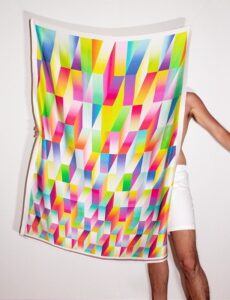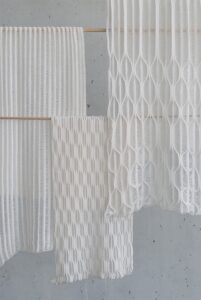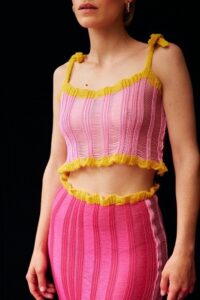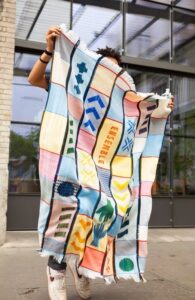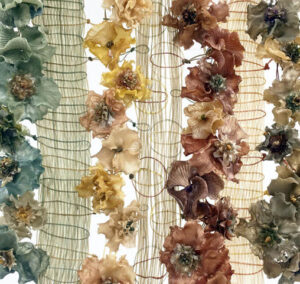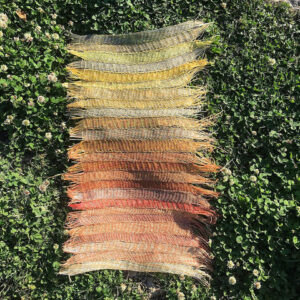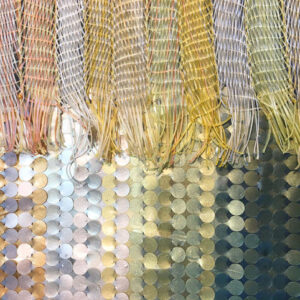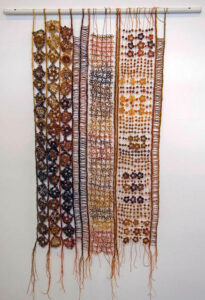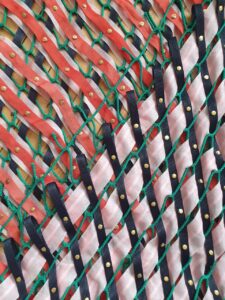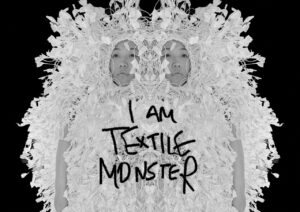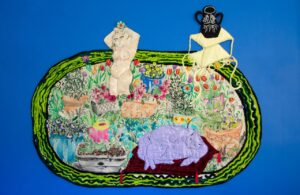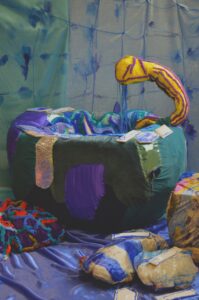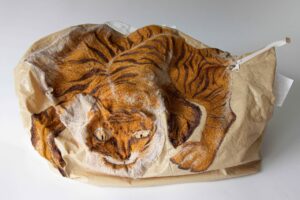Be Part of an Amazing Textile Installation
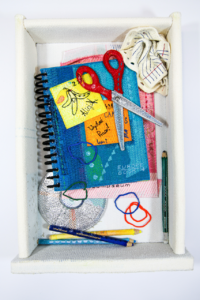
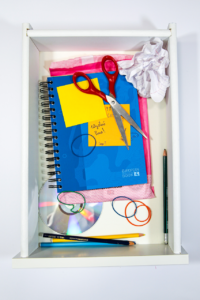
Alicja’s textile interpretation and photograph of her own drawer.
Be part of an amazing textile art installation!
We all have those drawers that contain those useful things that even if you don’t use them often, you can’t bear to part with. Polish artist Alicja Kozlowska wants to recreate these in textiles to see “a global view of the diversity and individuality of people around [her].”
“Each of us lives differently, looks different, but there are things that connect everyone around the world. Undoubtedly, there are many common parts, universal for all the people. I was looking for everyday items, and in a sense, intimate items. I wanted to present the characteristics of ordinary inhabitants of our planet but in an unusual way. Show how different we are and how similar we are at the same time.
My project is a study of different drawers, interpreting different personalities and showing different parts of the world. My drawers will be made using many techniques, included in the term of the broadly understood “artistic fabric”, which will undoubtedly give them originality and emphasize the uniqueness of this field of art.”
To find out how to take part in project i.d visit www.alicesidea.com




